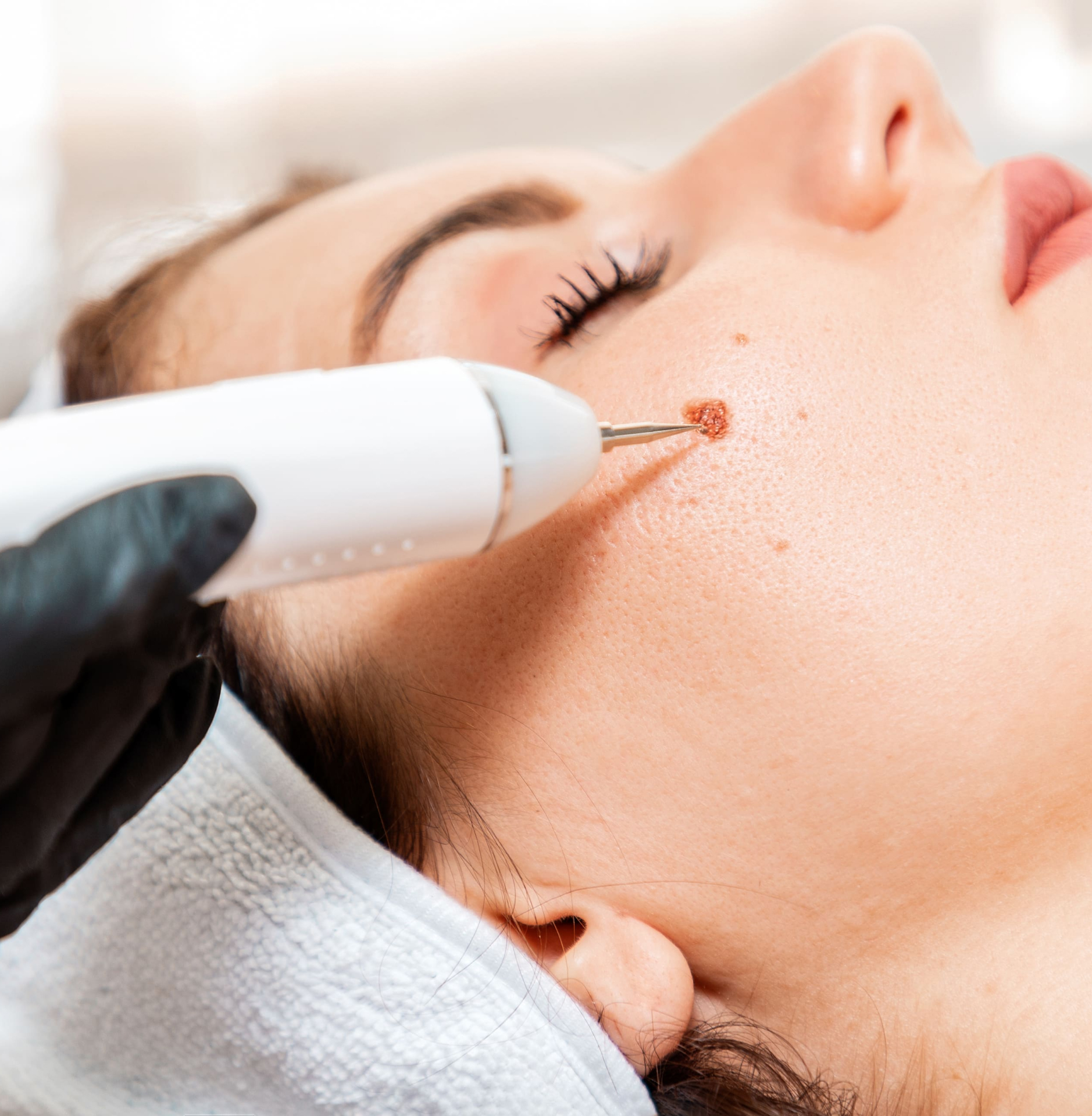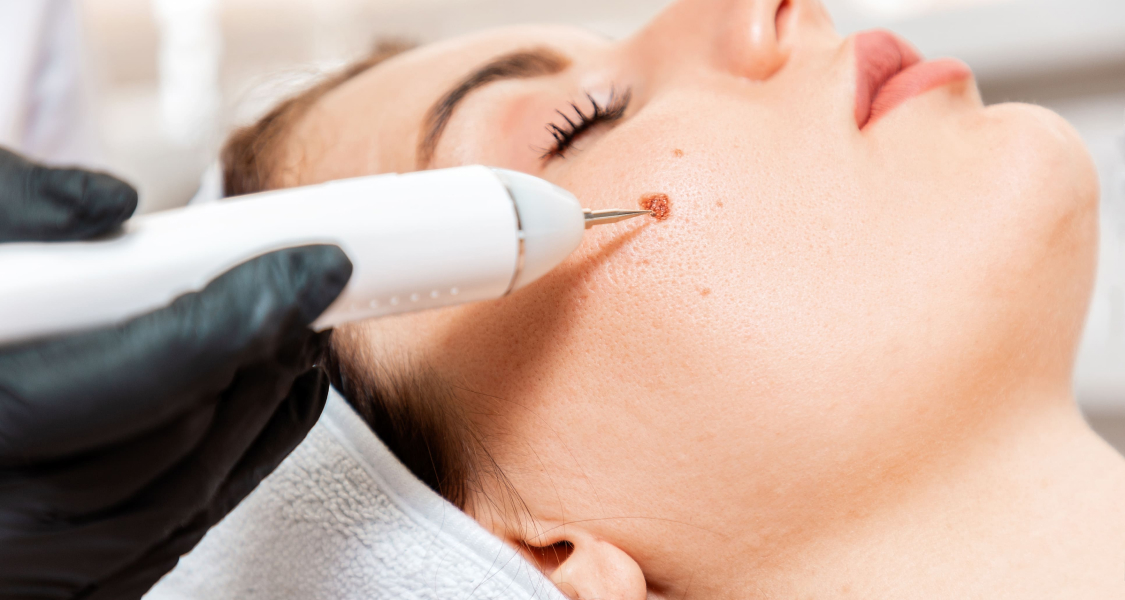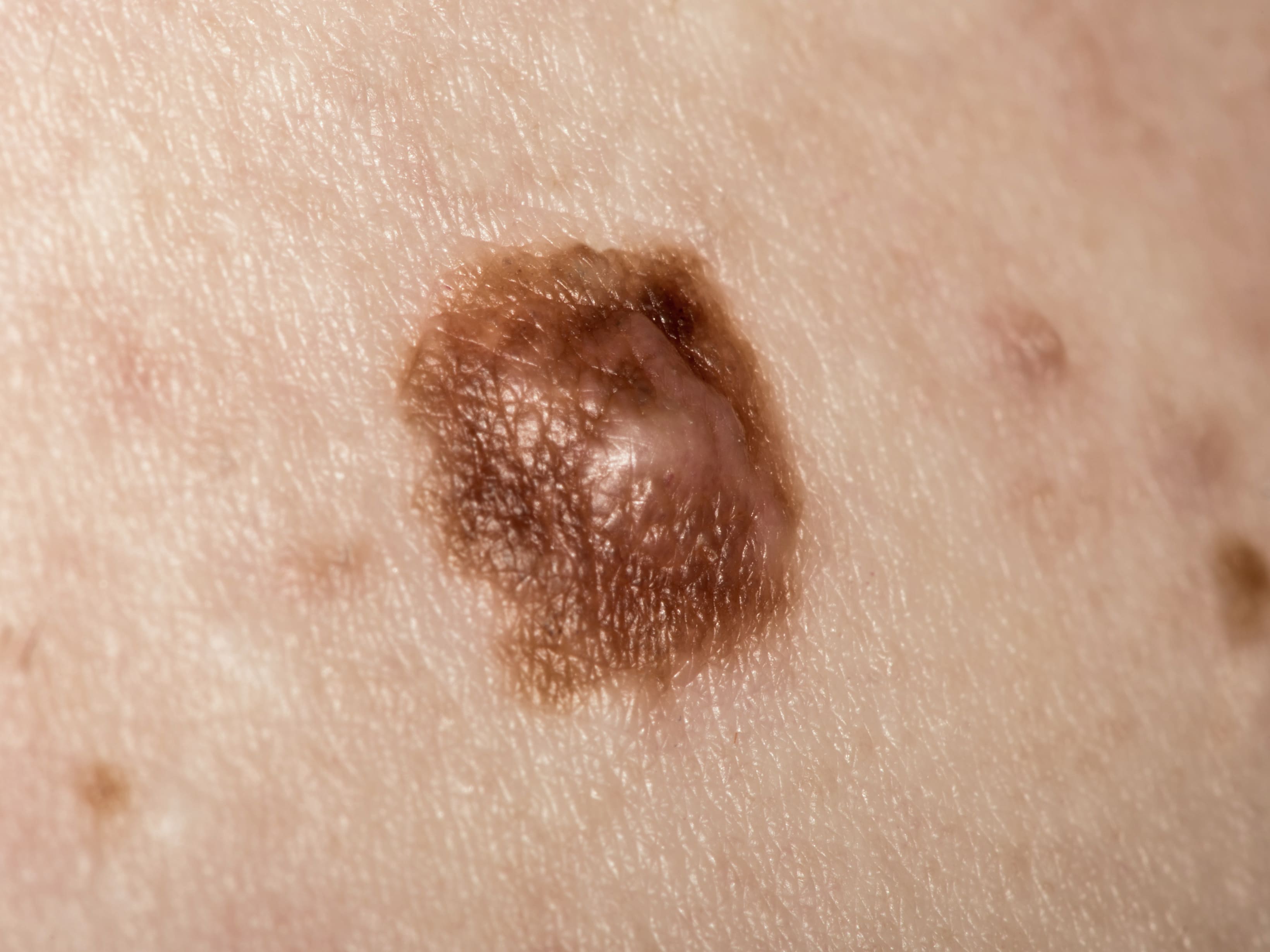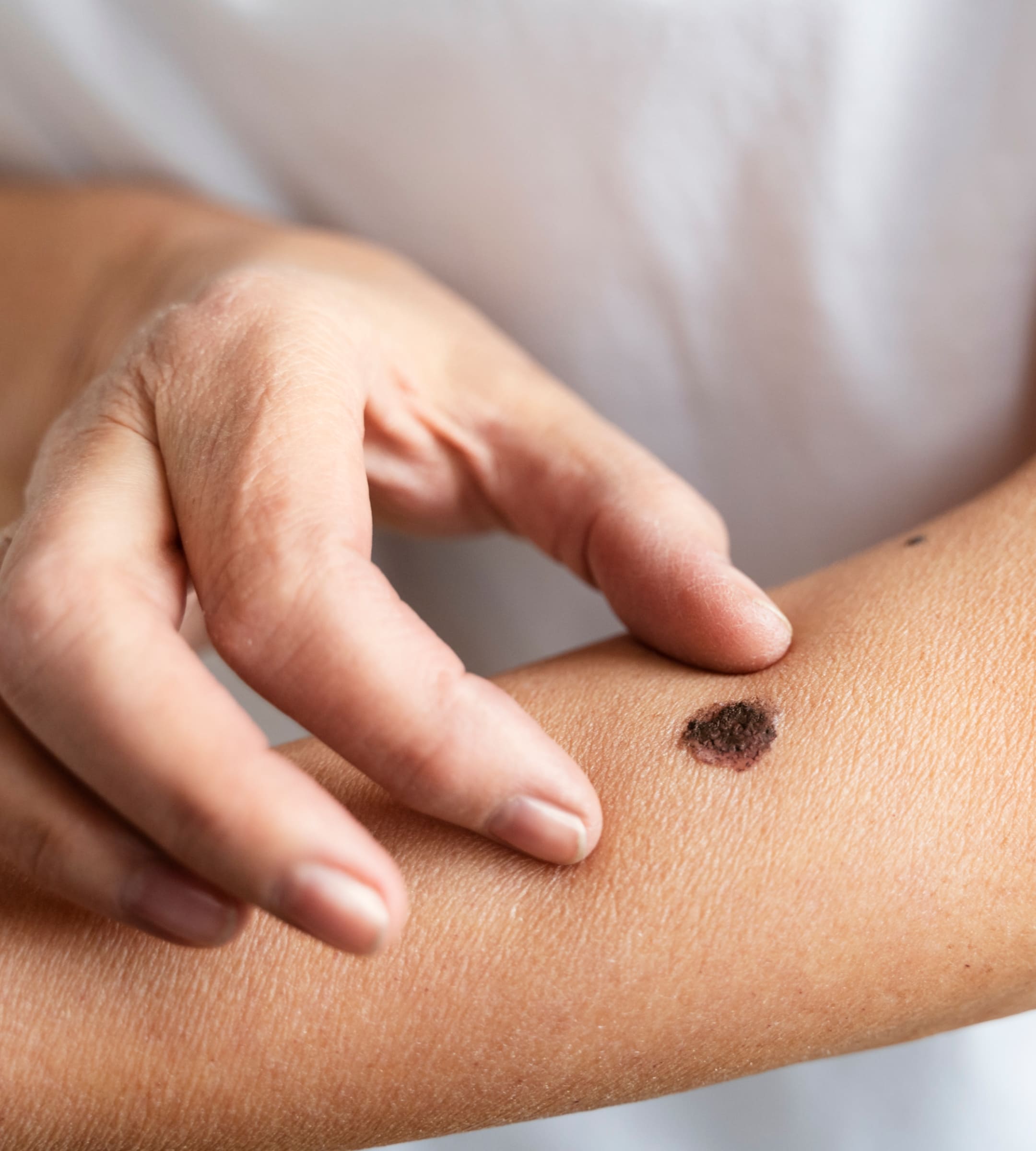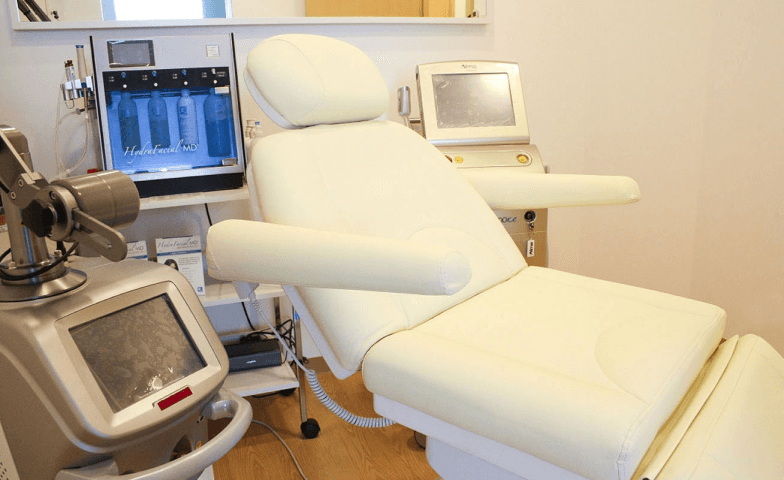Purposes Of Mole Removal
Most moles do not have to be removed. However, they can be removed in the following situations:
-
Removal Of An Atypical Or Unusual-looking Mole
Typical moles are spherical, flat or slightly elevated, and even in color. However, if your mole appears unusual, your doctor may advise you to have it removed to rule out cancer.
-
Removal Of A Mole For Cosmetic Purposes
Some may dislike the way their mole looks and just want it removed to improve their general appearance. Moles removed will still be sent out for testing for cancer.
